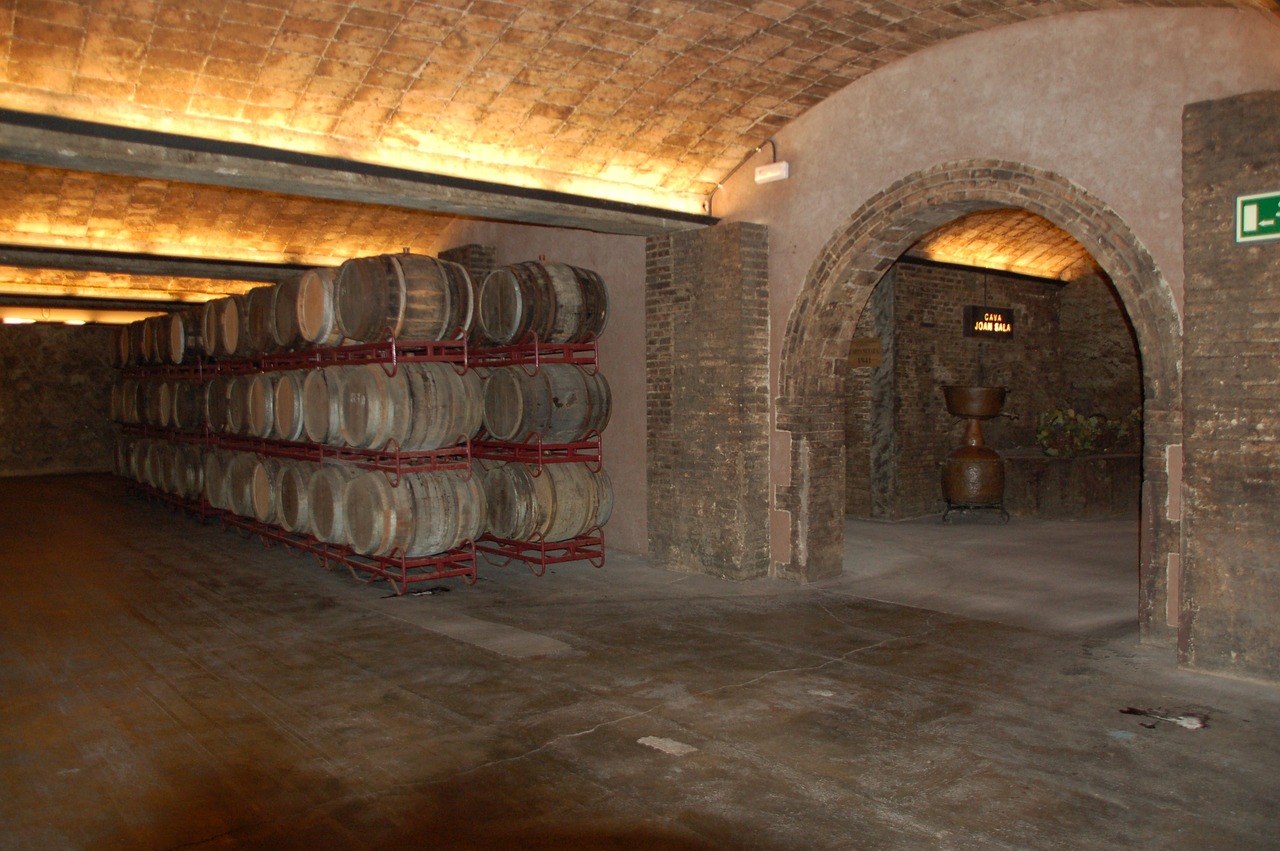
Do you love wine and wish you could indulge in your own personal wine cellar? With custom wine cellars, you can. A custom wine cellar is a climate-controlled room designed to store wine collections. It’s a luxurious and practical addition to any home. In this article, we’ll explore the benefits of custom wine cellars and how to create one.
Why Custom Wine Cellars?
Custom wine cellars have several benefits for both wine enthusiasts and homeowners. Here are just a few reasons why you should consider adding a custom wine cellar to your home:
- Proper Storage: Wines need to be stored at specific temperatures, humidity levels, and lighting conditions. Custom wine cellars provide the ideal environment to ensure your wine collection is stored correctly.
- Easy Organization: Wine cellars give you the space, shelves, and racks to organize and display your wine collection. This way, you can easily find and access the wine you want to enjoy.
- Adds Value to Your Home: Custom wine cellars are luxurious and unique features that not many homes have. They can add value to your home and impress guests.
Creating Your Custom Wine Cellar
Now that you know why custom wine cellars are so desirable, let’s explore how to create one. Follow these steps to design and build your dream wine cellar:
Step 1: Determine Your Wine Collection Size
The first step in creating a custom wine cellar is figuring out how much wine you want to store. Start by measuring how much space you have available for your wine cellar. Then, decide how many bottles you want to store. This information will help you determine how many shelves and racks you need.
Step 2: Choose the Right Location
Next, you need to choose the perfect location for your wine cellar. Typically, basements or underground rooms are ideal because they provide natural insulation for temperature control. However, if you don’t have a basement, a spare room can also be converted into a custom wine cellar.
Step 3: Consider Temperature and Humidity Control
Temperature and humidity are critical factors in wine storage. The ideal temperature range is between 50°F to 59°F. Relative humidity should be maintained at 50-70%. Your wine cellar should have a cooling system that can maintain the ideal temperature and humidity.
Step 4: Decide on Lighting and Display
Lighting can impact wine quality and should be kept to a minimum. Use dimmer switches to control lighting levels and add accent lighting to display your wine collection. Custom wine cellars offer a variety of racks, shelves, and displays for showcasing your wine collection. Choose your display options based on your collection size and aesthetic preferences.
Step 5: Get Creative with Design
Design your custom wine cellar to fit your personal style and taste. Beyond the basics of temperature and humidity control, the design possibilities are endless. From rustic to modern, from small to grand, you can get creative with your custom wine cellar’s décor and style.
Conclusion
Custom wine cellars are a beautiful and practical addition to any home. They provide the perfect environment for storing and displaying your wine collection. By following the above steps, you can create a custom wine cellar that is both functional and beautiful.
Remember, wine cellars are not just for the wealthy. You can create your custom wine cellar with proper planning and design within your budget. Cheers to creating your own wine oasis.








